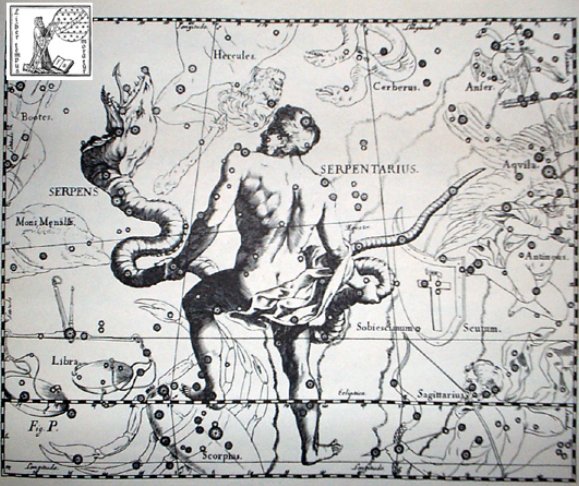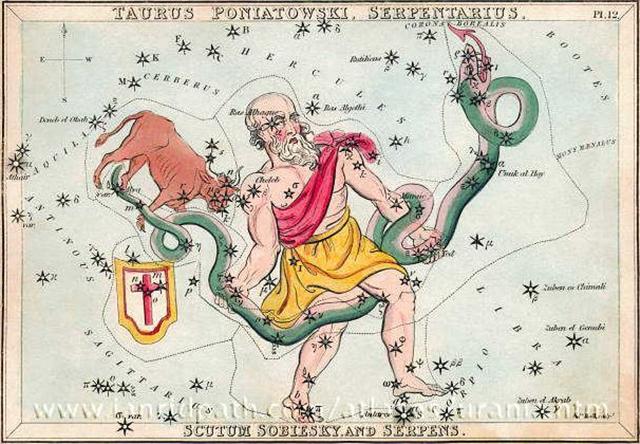The surfing explorers were riding on the waves like turtles, while Ira dug holes. In this connection we should try to understand Metoro's haati kava:
Maybe there was a wordpun which contrasted the breaking of a wave with the breaking of a bamboo. There was an earlier te kava located 70 days from the March equinox:
321 (November 17) - 150 (May 30) = 171 = 19 * 9 = 172 - 1. Possibly there is a cue in Ca3-19, meaning we should think of March 19 (just before equinox). May 19 (5-19) is Gregorian day 139 (= 321 - 182), and 139 = 140 - 1. 51 * 9 = 460 - 1 and 31 * 9 = 280 - 1. Undulating waves move like serpents and Ophiuchus carries a serpent. Maybe the season of 'Sea' was introduced by a kind of kava ceremony for the new ruler.  
The
tongue
of
the
Serpent
resembles
a
variant
of
ure
in
the
G
text:
... On came the monsters, came Pupa vae noa, and Poroporo tu a huanga, Toke a kura, and Tuna nui himself - they all came rushing on the land. And Tuna stripped off his loincloth, and he held it up; at once a mighty wave reared up and swept toward that land. Then Huahega shouted to her son, to Maui tikitiki, 'Quick now! Show them yours! Pull it out!' Did Maui then as Huahega told him, did as his mother said. That wave fell back, the great wave of the monsters soaked away. The bottom of the sea was bare, and all the monsters floundered on the reef, they flapped in pools. And Maui went out, he went with his weapon and he beat them dead, each one. He killed them all, excepting Tuna. Then Tuna went to Maui's house with him and they two lived together quietly ...
|






